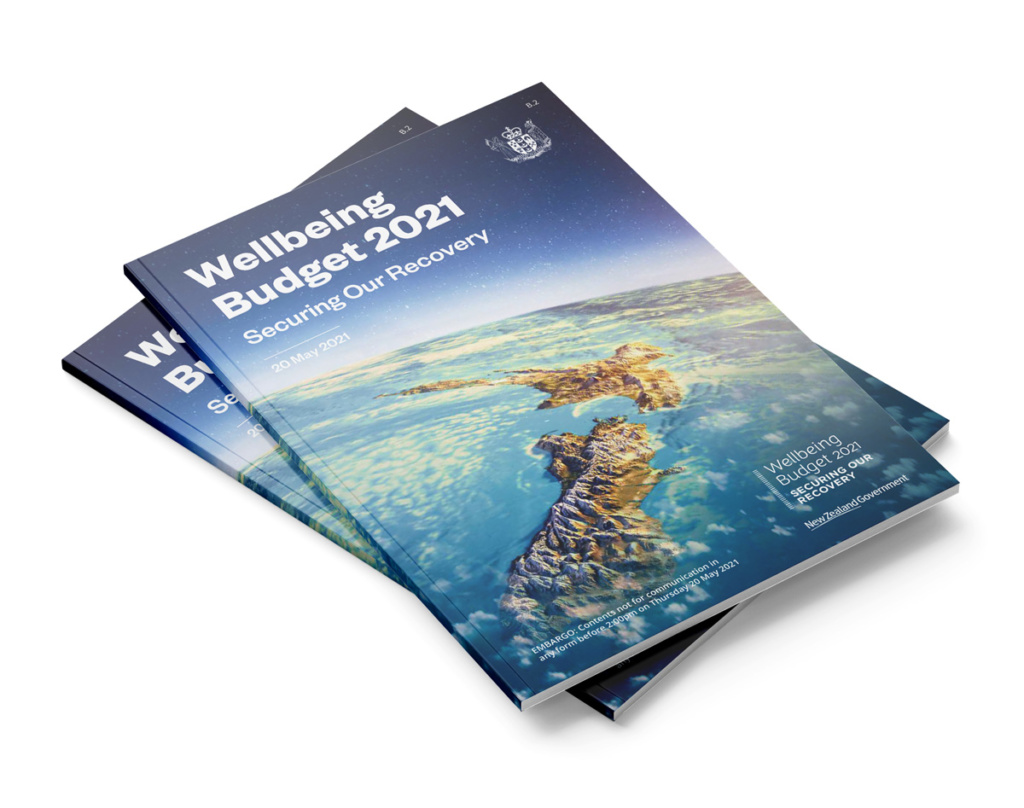News & Trends
Wellbeing Instead of Gross Domestic Product

Why New Zealand Is Redefining Progress
New Zealand is struggling with rising numbers of homeless people and the highest suicide rate among young people in the developed world. The government is trying to tackle the deep-seated problems with a new approach. Does this change in thinking have a future?
Imagine you’re a pilot flying a passenger jet high above the clouds. But instead of numerous indicators and lights that tell you whether everything is all right with the aircraft, there is just one instrument in the cockpit: the engines’ tachometer. No compass, no altimeter, no indication of cabin pressure, nothing. No sensible person would get on that kind of a plane. Put somewhat exaggeratedly — this is exactly how we control our national economies. The gross domestic product is our “ tachometer”.
But, the gross domestic product only records transactions that have a market price and does not provide any information on how the population of a country is actually doing. “By traditional measures, we are doing well. But the number of homeless people is steadily increasing and we have one of the highest suicide rates among young people within the OECD”, said New Zealand Prime Minister Jacinda Ardern during the WEF in Davos in 2019. In the same year, her government introduced the Wellbeing Budget.
New Zealand is using it to measure its success by its residents’ wellbeing. This means spending must concentrate on social welfare. “If one of my ministers wants to spend money, they have to first prove that the project will sustainably benefit the entire population”, says Ardern, “and they must work together across departments.”
A State Has a Rethink
Because New Zealand has repeatedly failed as a welfare state in the past, the centre-left government under Ardern decided to take a completely new path. The purpose of government spending is to ensure the health and life satisfaction of citizens, and this — not wealth or economic growth — is the benchmark by which a country’s progress should be measured, Ardern explained at the launch of the 2019 budget.
But how do you measure social and environmental progress in a country if there are no comparable performance indicators for it?
Can the success or failure be presented transparently at all? The New Zealand government is refocusing on concrete, long-term outcomes for future generations too.


How Has the Wellbeing Budget Performed So Far?
When the New Zealand government presented the new budget, comments ranged from “pioneering” to “pure political marketing”. Now, the third budget of this kind has been approved. The problems the Pacific state is struggling with have not diminished — the housing crisis continues, the suicide rate among young people has risen and child poverty remains high. Has the Wellbeing Budget failed? Political analysts and academics disagree. The problem is that the bar has been set high, the goals are long-term and the population is not very patient. And the coronavirus pandemic has required extraordinary measures. Only time will tell whether the wellbeing targets will be achieved in the long term.
Switzerland relies on the “Tried and Tested”
What is the topic of “wellbeing” like in Switzerland? When asked whether the Federal Council would be prepared to draw up a budget similar to New Zealand’s, the latter replied cautiously. “In federal policy, the fundamental agenda is not set by the budget, but by the legislative process”, it said in its answer. This would allow for an “appropriate political discussion” and the inclusion of the stakeholders concerned in the consultation process. Since 1999, the Federal Council has been pursuing social justice and stability goals in addition to financial policy goals with its financial policy model. There is also the so-called “ welfare measuring” on the basis of 40 indicators from the three areas of society, economy and environment. It is not a system of measures, but merely an inventory of the state of the nation.



